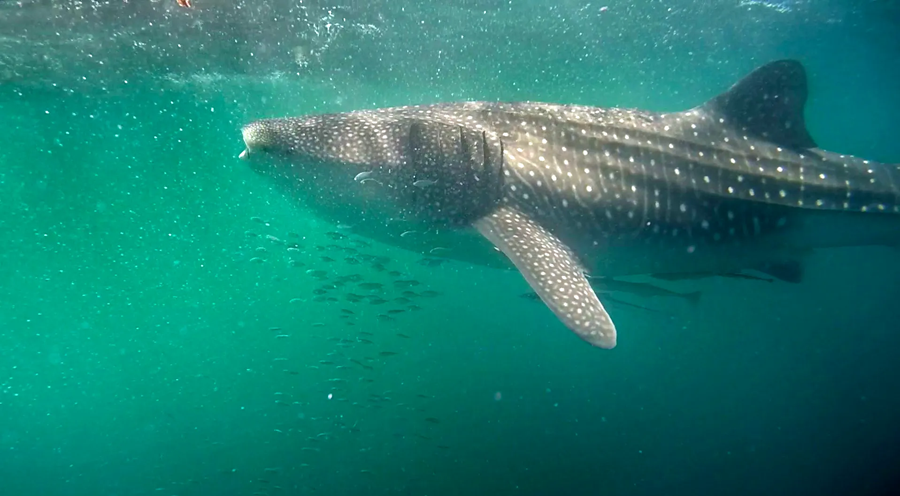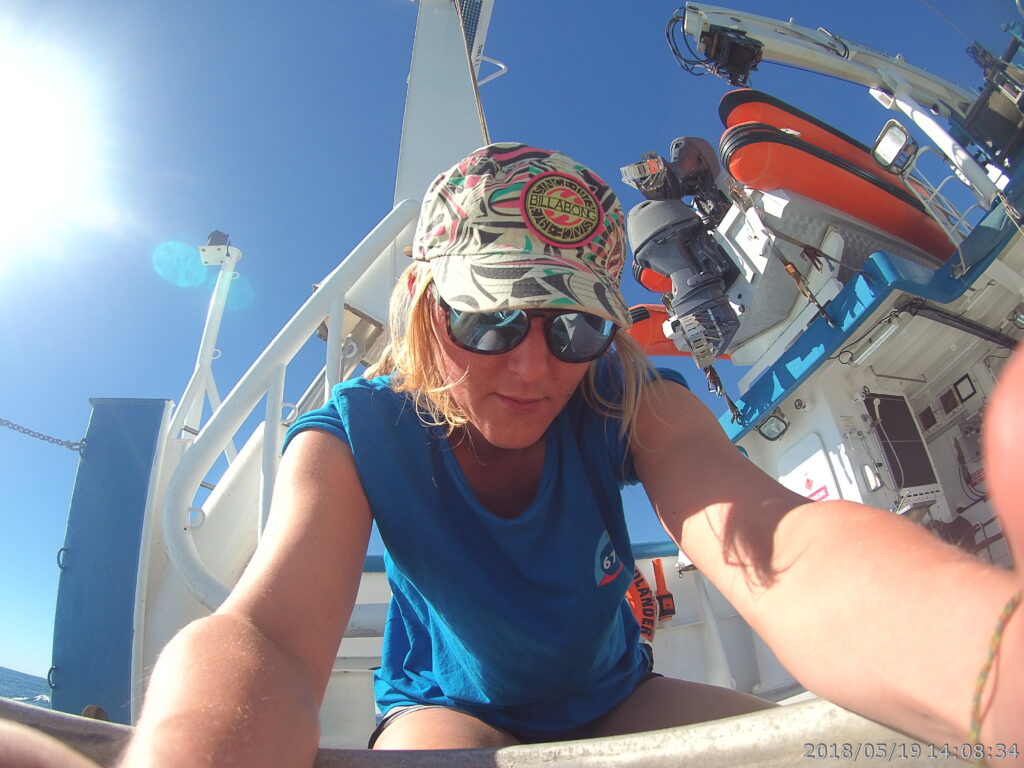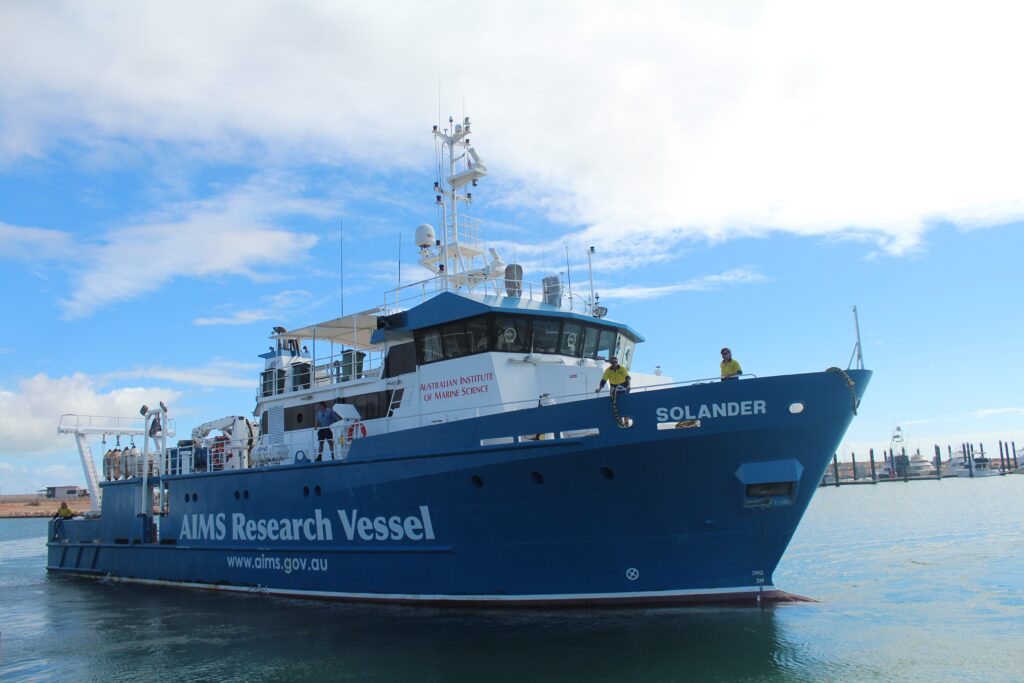A team of marine scientists from Australia and the UK embarked on a multi-disciplinary mission to decipher the mysteries of whale shark movement in relation to prey distribution at Ningaloo Reef.

Ningaloo Reef, located in Western Australia, is a renowned coastal ‘hotspot’ for the world’s largest shark, the filter-feeding whale shark. Every year, these magnificent creatures gather here in large numbers during the Southern Hemisphere’s autumn season.
The reef then thrives with nutrients and plankton thanks to the interactions of dynamic ocean currents generating a vibrant water column where whale sharks find ample amounts of their preferred zooplankton meals, such as copepods and tropical krill. Surprisingly, our understanding of how whale sharks navigate this hotspot in connection with their prey has remained a mystery – until now.
Equipped with a range of ocean observing instrumentation and animal-borne tags, the research team dived into the depths of whale shark habitat use using a coordinated effort:
Spotter planes located whale sharks at the sea surface, while a team of snorkelling scientists fitted the sharks with satellite-linked tags. Simultaneously, aboard the larger RV Solander, comprehensive surveys were conducted along Ningaloo Reef. This involved deploying a fisheries echosounder and zooplankton nets to acoustically map and collect zooplankton samples. Additionally, oceanographic sensors measured temperature, salinity, and phytoplankton levels across the water column. When positions of tracked whale shark were relayed to the scientists on-board the RV Solander, it enabled the mapping of potential prey fields in direct vicinity of the sharks.
Dr Lilian Lieber, a Research Fellow at the Marine Biological Association (MBA), describes the running of echosounder surveys around this whale shark foraging habitat as akin to lifting a curtain to reveal what’s beneath the sea surface. She says: “Using soundwaves, the echosounder illuminates small scatterers in the water column, such as patches of krill, while mapping the seafloor underneath. This provides a dynamic view of this underwater habitat, revealing a complex reef characterized by small pinnacles and deeper reef ‘gutters’ concentrating prey patches at depth.”

Yet, the comprehensive biological insight emerged through the zooplankton net trawls overseen by experts from the University of Tasmania who identified, counted and sized-up individual krill and copepods. This provided crucial information on species composition and size ranges to help interpret the acoustic data.
Over the span of a week, the team from the Australian Institute of Marine Science (AIMS) successfully tagged and tracked ten juvenile whale sharks, offering a unique window into their daily movements within Ningaloo Reef in relation to their prey.
The study revealed that whale sharks extensively utilized a specific area along Ningaloo’s reef edge that supported higher concentrations of prey, particularly at depths ranging from 40 to 50 meters. The region’s complex underwater topography (bathymetry) along with deep-water flows appeared to concentrate prey at depth on localized scales.
Overall, the sharks spent a considerable amount of time in the surface waters, but they also repeatedly descended to depths between 40 and 60 meters, corresponding to those areas with highest prey concentrations.
Ben D’Antonio, the lead author and PhD student with AIMS and the University of Western Australia, explained that “Like many marine predators, whale sharks should modify their behaviours and concentrate their depth use in areas of elevated resources to maximise prey encounter rates and consumption. However, we found no quantitative evidence to support this”.
While whale sharks traversed dense prey patches at depth, they also frequently returned to the surface. The near-surface water is an area not captured by the shipborne echosounder due to instrument deployment limitations. This intriguing finding suggests that surface waters provided another layer of prey, perhaps more easily consumed using the whale shark’s method of surface ram filter-feeding, a more active foraging technique compared to when gliding up-and down the water column.

Lilian concludes: ‘The study not only unveils some of the secrets of these ocean giants’ feeding habits but also underscores the importance of multi-disciplinary efforts in unlocking a better understanding of the bio-physical mechanisms driving whale shark aggregations to inform conservation efforts.’
The article has been published in Movement Ecology.